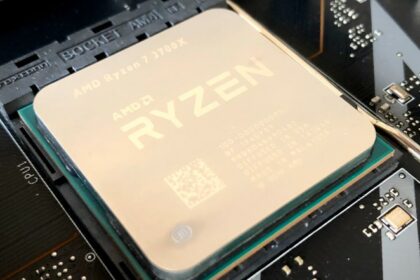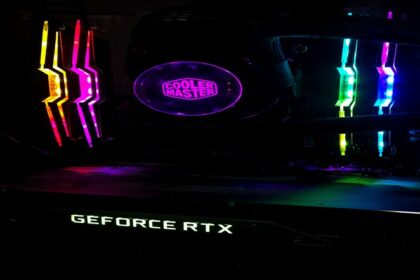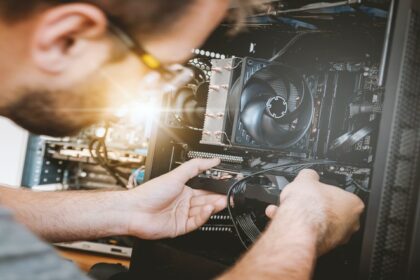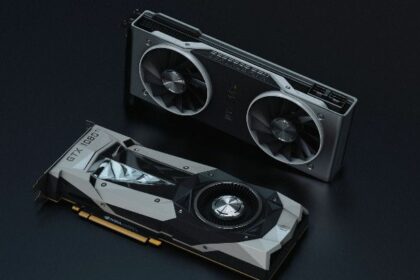In general, an SSD is a lot more durable than an HDD. In fact, chances are that you will be able to use the same SSD with multiple PC builds, as an SSD will typically outlast your PC.
That said, it is still possible for an SSD to fail, especially if it is used in an incorrect manner. Before it fails, it gives off signs that let you know that it is time to replace it.
Here, we took at how to tell if your SSD is failing. You can use all the indicators to replace your SSD before it completely fails and deletes all your data. We also look at a few ways you can prolong the life of your SSD towards the end.
Signs Your SSD is Failing
Before we dive into the signs, it is important to remember that you may just have installed the SSD incorrectly. An incorrectly installed SSD may show up on your PC, but it will suffer from many of the same issues like a failing SSD.
So, before you decide to throw away your SSD, it is absolutely necessary that you check whether the SSD is plugged in properly. If you just installed a new SSD and it is not performing properly, it is best to format, replug, and initialize your SSD before moving forward. If it still shows the following signs after that, then your SSD is failing.
Performance Issues

One of the best things about an SSD is that its performance does not drop even after extended use. You do not need to defrag it, nor do you need to perform any kind of maintenance on it. It will simply continue to work until it begins to fail.
If you are noticing a drop in the read and write speeds, an increase in loading times for apps and games on the SSD, and general sluggishness when using the OS (provided the OS is on the SSD), it is a telltale sign that your SSD is about to fail.
There is also a chance that the programs on your SSD regularly freeze, crash, or display other errors. While there could be a lot of reasons for this, the SSD may be one of them.
Corrupt Files and Repair Prompts
A failing SSD will regularly corrupt files due to bad blocks. As such, you may find that a lot or some of your files cannot be opened. This is a problem that will get progressively worse over time, so you should be able to notice the slow degradation of your SSD.
If you are using Windows, you will also be asked to regularly repair the system files. Sometimes, the system may ask you to repair the drive itself. While there could be many reasons why files are corrupt on your system, there is a high chance of your SSD failing being one of them.
Issues When Booting and General Crashes
This is only true if your SSD is also the drive that has your OS. If you are using an SSD and an HDD together (or multiple SSDs) and the failing SSD is not the one with the OS on it, it will not suffer from issues when booting.
In extreme cases, an SSD that is extremely close to failing may refuse to boot and may require a few restarts before it begins to work.
If your PC regularly crashes, your SSD could also be to blame for that. Of course, there could be many potential reasons why your PC crashes, so you need to first make sure that the SSD is at fault. Usually, the performance of your PC will improve after restarting a couple of times if the SSD is malfunctioning.
Of course, if you are a Windows user and see a lot of BSoDs, your SSD could be to blame. Usually, a failing SSD will cause both frequent BSoDs and show other signs on this list.
The Read-Only Error
Once an SSD begins to fail, it is possible that it will suffer from read and write issues. The exact issues will vary for each SSD, but you should expect trouble copying and pasting files. On top of that, there is a small chance that portions of your SSD (or your entire SSD) become read-only.
This is a surefire sign that your SSD is failing. You should thank your lucky stars that you can still access the drive and backup all the files.
How to Prevent Your SSD from Failing

Now that you know about the signs that indicate a failing SSD, you should also know how to prevent those signs from appearing in the first place.
Remember that while it is impossible to make an electric component last forever, SSDs are generally extremely wear-resistant. As long as you take proper care of your drive, it should last a long time and continue to function at or close to peak performance levels.
Here are some measures you can take to prevent your SSD from failing:
- Do not defragment your SSD. Defragging your SSD will not increase performance. Instead, it will cause wear and tear to shorten the lifesan of your drive.
- Disable page files. Page files serve as a backup RAM and increase performance. However, they also cause an excess amount of data to be read and written to the SSD, which will inadvertently shorten its lifespan.
- There is no reason to wipe an SSD the same way you would with an HDD. SSDs are designed to be efficient in this regard, and wiping them will only reduce their lifespan.
- If you are using both an SSD and an HDD, it is better to let your HDD handle all temporary files.
- Avoid filling up an SSD completely, as it will be difficult for your PC to find and write additional data on the SSD when it is close to full. It is ideal to have 25% of the space empty on your SSD.
- Turn off hibernations, as all the data and programs that you have open will be written to the SSD if you do.
Conclusion
Remember to have a backup of all your important files. Even though SSDs rarely fail, you won’t be able to retrieve your files if this happens. Use an external HDD or a similar storage medium to make sure that you do not lose data in the event of a drive failing.
In most cases, SSDs will show ample signs of failure before they stop working, giving you a handy heads up before you need to replace the drive.






